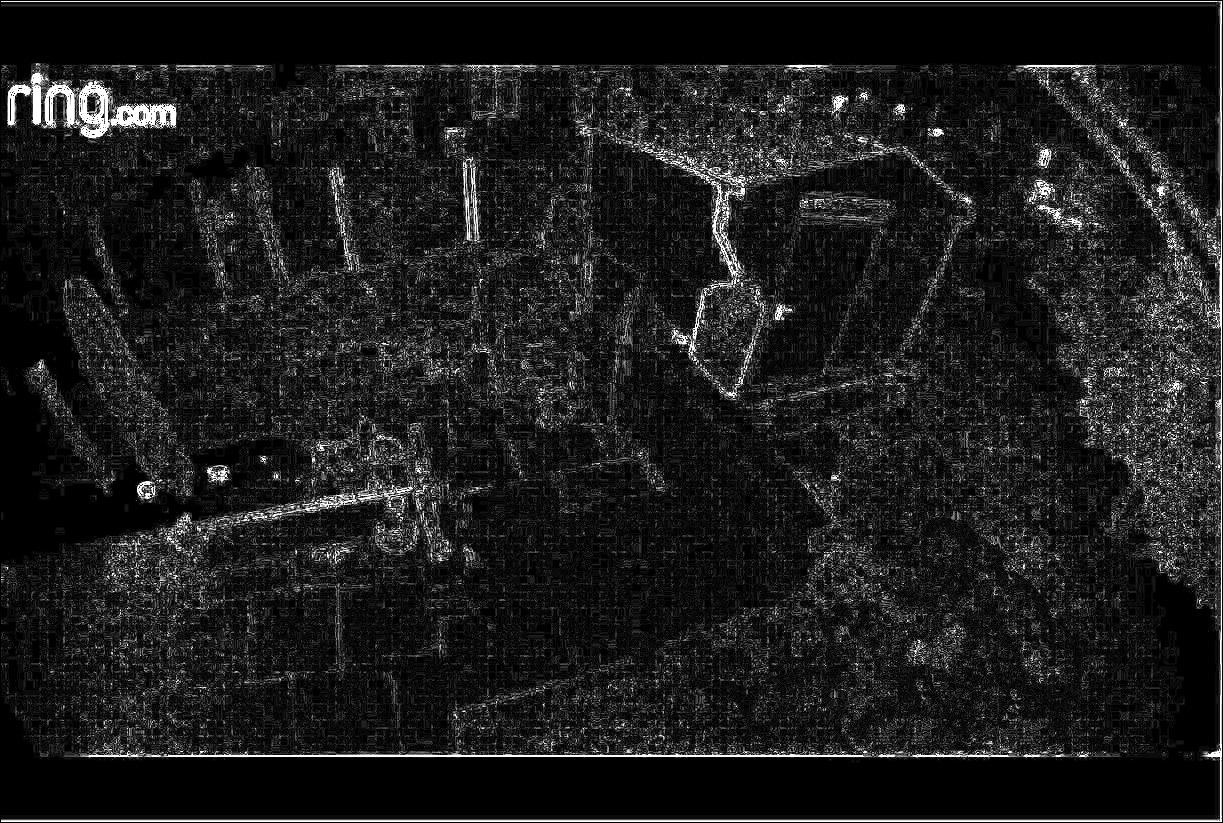How Digital Image Processing Enhances the Accuracy of Court-Ready Reports

In today's digital age, the use of digital image processing technology has become increasingly prevalent in various fields, including law enforcement and forensic science. One area where digital image processing plays a crucial role is in enhancing the accuracy of court-ready reports. By utilizing advanced algorithms and techniques, digital image processing can significantly improve the quality and reliability of evidence presented in court proceedings.
Enhanced Image Clarity and Detail
One of the key ways digital image processing enhances court-ready reports is by improving image clarity and detail. Through techniques such as image enhancement, noise reduction, and resolution enhancement, digital images can be optimized to reveal finer details that may be crucial in legal cases. This can be particularly useful in analyzing surveillance footage, crime scene photos, and other visual evidence.
Enhanced Facial Recognition
Facial recognition technology has become an essential tool in law enforcement for identifying suspects and victims. Digital image processing can enhance facial recognition algorithms, making it easier to match faces in images or videos with existing databases. This can be critical in identifying perpetrators or locating missing persons, ultimately strengthening the evidence presented in court.
Improved Forensic Analysis
Forensic analysis often relies on visual evidence such as fingerprints, footprints, and tool marks. Digital image processing can aid forensic experts in analyzing and comparing these visual clues with higher precision and accuracy. By utilizing features like pattern recognition and image stitching, digital image processing can provide detailed forensic reports that are admissible in court.
Increased Efficiency and Time Savings
Another significant benefit of digital image processing in court-ready reports is the increased efficiency and time savings it offers. Manual analysis of visual evidence can be time-consuming and prone to human error. By automating tasks such as image segmentation, object recognition, and feature extraction, digital image processing streamlines the analysis process, allowing for faster generation of accurate reports.
Conclusion
In conclusion, digital image processing technology plays a vital role in enhancing the accuracy of court-ready reports. By improving image clarity, enhancing facial recognition, aiding forensic analysis, and increasing efficiency, digital image processing contributes to the reliability and credibility of evidence presented in legal proceedings. As technology continues to advance, the integration of digital image processing in the legal system will likely become even more widespread, further ensuring the integrity of court-ready reports.
- Art
- Causes
- Crafts
- Dance
- Drinks
- Film
- Fitness
- Food
- Games
- Gardening
- Health
- Home
- Literature
- Music
- Networking
- Other
- Party
- Religion
- Shopping
- Sports
- Theater
- Wellness
- IT, Cloud, Software and Technology


